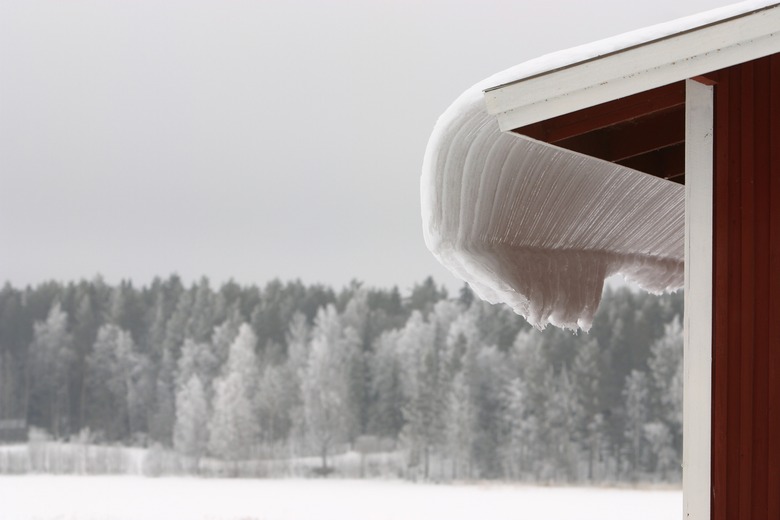What Is The Maximum Length Of A Roof Overhang?
Roof overhangs are the amount that the roof hangs over the top of the siding in residential home construction. The siding underneath the overhang is known as the soffit. Overhangs are common in most house designs, providing protection against both wind and rain. The length of the overhang depends primarily on the climate. The longest overhangs are seen in the wettest climates.
Arid Climates
Arid Climates
Arid climates receive little rainfall that can cause roof decay and the least danger of decay through moisture damage is present. Certain Southwestern and Western areas of the United States fall into this category. Because there is so little danger of water damage, there is no required overhang and overhang lengths are minimal and sometimes nonexistent.
Moderate Climates
Moderate Climates
In moderate climates, there is some damage of wood decay, and a roof overhang is recommended. Much of the United States falls into this category, especially along the coasts. Here, the recommended overhang length can extend up to 12 inches for moderately rainy climates, or up to 18 inches for climates that experience more frequent rainfall.
Moist Climates
Moist Climates
Subtropical climates receive a large amount of rainfall and have a great potential for rain damage. The United States only has this type of climate in the Southeast, where warm temperatures and humidity combine to keep construction materials damp. Here the maximum length of the overhang is a recommended 24 inches.
The Longest Overhangs
The Longest Overhangs
Two feet is the general maximum length for a typical roof overhang. This will protect a roof from most types of damage. Roof overhangs can extend farther than 2 feet, but beyond this length, they begin to lose structural integrity and require external supports. This can make extensive roof overhangs more trouble than they are worth in all but the harshest climates.
